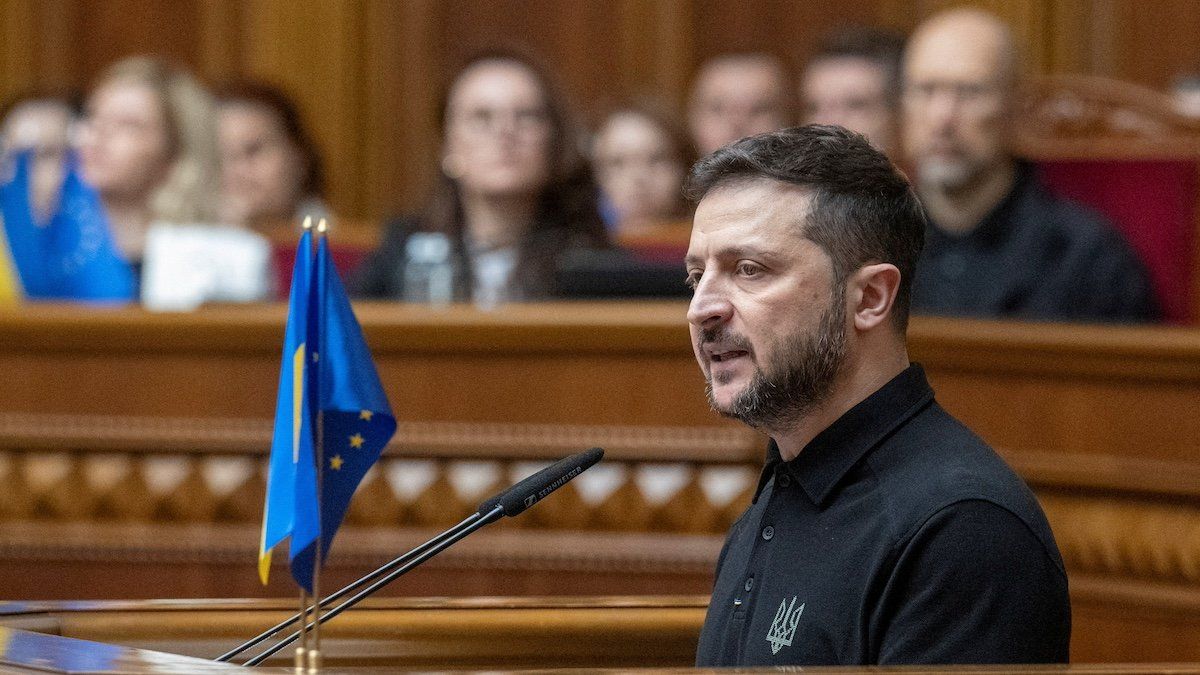On Wednesday, President Volodymyr Zelensky presented his much-discussed “victory plan” to Ukraine’s parliament. On Thursday, he’ll discuss it at a European summit. This “peace through strength” plan has five central elements:
- Ukraine is invited to join NATO.
- Allies help strengthen Ukraine’s military, give it permission to use the long-range weapons they provide against targets inside Russia, and allow Ukrainian forces to continue their occupation of parts of Russian territory until Vladimir Putin agrees to negotiate.
- Ukraine and its allies use a non-nuclear strategic deterrent package to contain Russian aggression.
- The US and EU agree to protect Ukraine’s critical natural resources.
- After the war ends, Ukrainian troops replace some US troops stationed across Europe.
Zelensky said there are also secret parts of the plan to be shared only with key allies.
For now, much of this roadmap remains unrealistic. Most NATO leaders remain cautious about any action that might persuade Putin to expand the conflict beyond Ukraine’s borders.
By articulating what Zelensky believes it would take for Ukraine to earn “victory” – the complete withdrawal of all Russian forces from Ukrainian land – he’s again warning his country’s allies that Russia must be forced to the bargaining table.
By insisting this plan could lead to victory “by next year,” he hopes to increase Ukrainian public confidence that its forces can still win.
But Zelensky’s presentation also implies to Ukraine’s lawmakers and the country’s people that unless the country’s “partners” ensure these conditions are met, Ukraine will eventually have to offer concessions of its own – including a de facto recognition that Russia will keep at least some of the land its forces now occupy – if peace is to be achieved.
